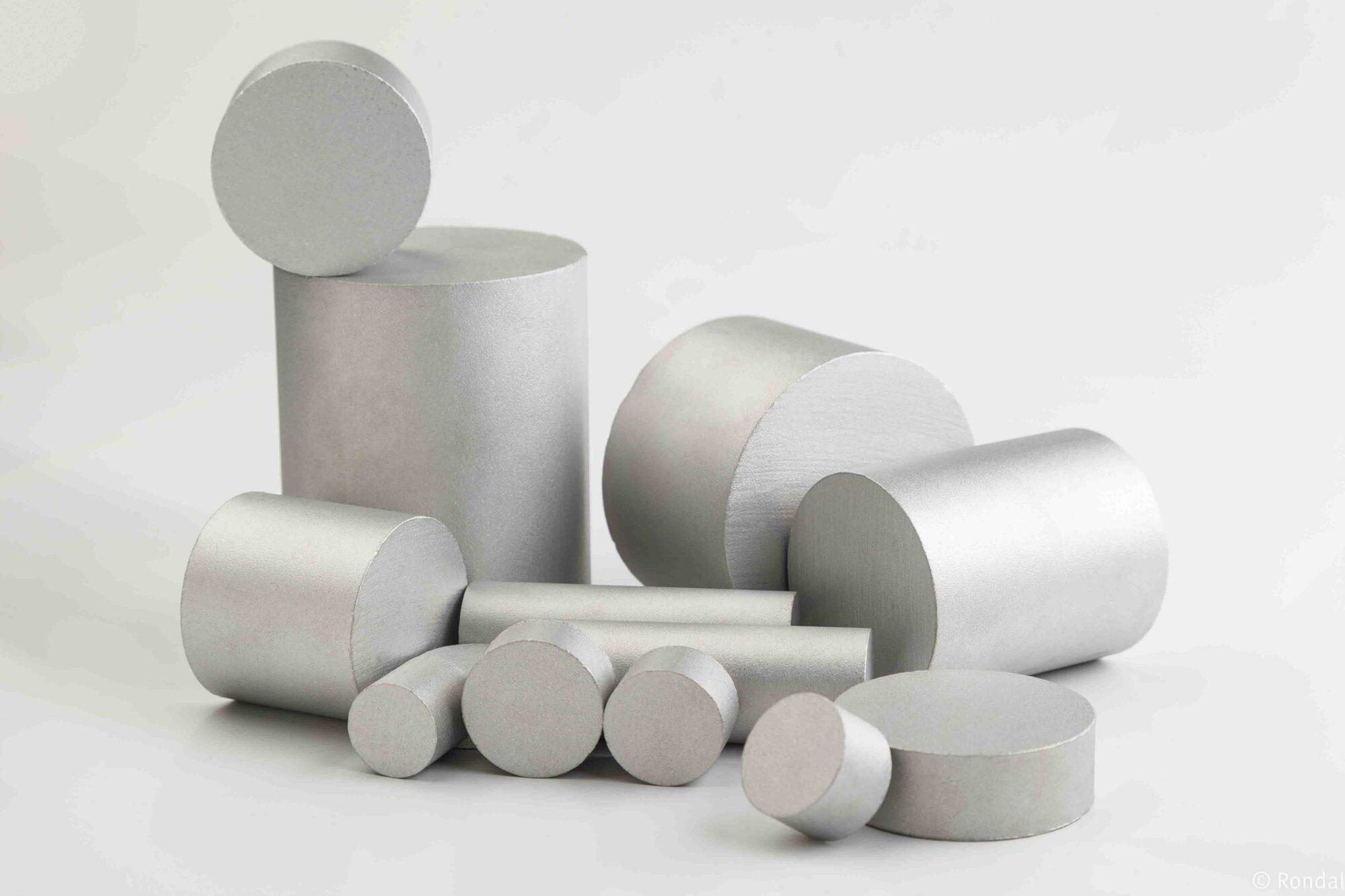The aluminium slugs market is undergoing notable transformation as demand rises across diverse industries, with increased attention on pricing dynamics, expanding applications, and evolving regulatory frameworks. For manufacturers, suppliers, investors, and end-users, understanding the key trends and factors influencing this market is essential for making informed strategic decisions. Here's a comprehensive overview of what stakeholders need to know about the aluminium slugs market today.
Understanding Aluminium Slugs
Aluminium slugs are solid, disc-shaped blanks made from pure or alloyed aluminium, typically used in cold-forming or extrusion processes. These slugs serve as the base material for manufacturing a wide array of products, including aerosol cans, collapsible tubes, automotive parts, and electronic components. Their inherent qualities—lightweight, corrosion-resistant, highly formable, and recyclable—make them a valuable asset in various manufacturing processes.
Pricing Trends and Influencing Factors
Price volatility in the aluminium slugs market is closely tied to the global price of raw aluminium, which is influenced by:
-
Bauxite and alumina supply fluctuations
-
Energy costs in aluminium smelting
-
Global demand for aluminium in construction, transport, and packaging
-
Geopolitical developments and trade tariffs
Over the past few years, pricing has also reflected broader macroeconomic factors such as inflation, supply chain disruptions, and carbon pricing mechanisms. As sustainability and energy efficiency become more critical, prices may increasingly factor in the carbon footprint of aluminium production, especially in regions adopting stricter emissions regulations.
Stakeholders should monitor not just material costs, but also downstream price impacts in sectors like automotive and packaging, where the cost of components made from aluminium slugs can fluctuate with changes in aluminium supply and demand.
Key Applications Driving Market Growth
-
Aerosol and Tube Packaging:
Aluminium slugs are essential for manufacturing lightweight, durable, and recyclable containers used in personal care, pharmaceuticals, and food industries. The rise in demand for eco-friendly packaging is a major growth driver here. -
Automotive Components:
With increasing emphasis on lightweight vehicles to boost fuel efficiency and support electric vehicle (EV) development, aluminium slugs are used for manufacturing critical parts such as airbag systems, heat exchangers, and fuel system components. -
Electronics and Thermal Applications:
Aluminium's excellent conductivity makes slugs suitable for heat sinks and electrical housing, contributing to enhanced energy efficiency and device longevity in modern electronics. -
Medical and Industrial Equipment:
The corrosion resistance and non-toxic nature of aluminium make slugs ideal for use in medical packaging, surgical tools, and precision industrial instruments.
Regulatory Factors on the Horizon
As environmental sustainability becomes a global priority, several upcoming regulatory trends are expected to influence the aluminium slugs market:
-
Carbon Emissions Regulations:
Governments worldwide are setting stricter emissions limits. Aluminium producers may face increased scrutiny and reporting requirements, especially in Europe and North America, leading to greater demand for low-carbon or recycled aluminium slugs. -
Recyclability and Packaging Waste Legislation:
The EU’s Circular Economy Action Plan and similar initiatives worldwide are pushing industries toward recyclable materials. Aluminium slugs align well with these goals, but compliance and labeling requirements are tightening. -
Trade Policies and Tariffs:
Import/export tariffs on aluminium and semi-finished goods could affect cost structures, particularly for manufacturers relying on international supply chains. -
Green Manufacturing Incentives:
Subsidies and tax breaks for sustainable manufacturing practices may encourage broader adoption of aluminium slugs across industries, especially when paired with renewable energy sourcing.
Conclusion
The aluminium slugs market is expanding steadily, shaped by a combination of shifting consumer preferences, technological innovation, and global regulatory momentum toward sustainability. Stakeholders must keep a close eye on fluctuating raw material prices, diversify applications across key industries, and proactively adapt to changing policy landscapes. Those who stay informed and agile in this evolving market are well-positioned to capitalize on the opportunities ahead.







